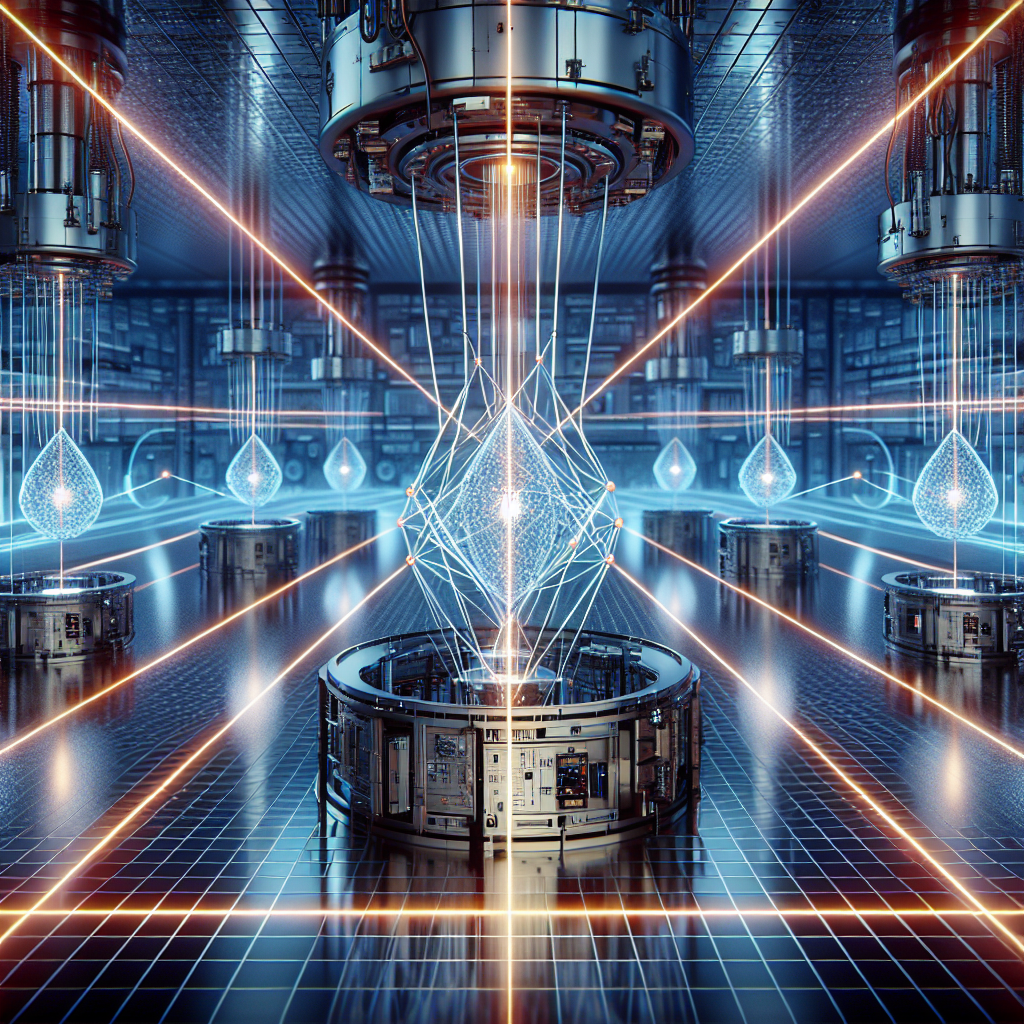Highlights:
- Comprehensive tutorial on experimental methods for trapping and manipulating ultracold atoms.
- Details laser cooling, magnetic and optical traps, and high-precision measurement techniques.
- Introduces newcomers to foundational methods in quantum simulation and quantum information processing.
- Published on arXiv by a large multi-institutional research collaboration.
TLDR:
A new tutorial paper on arXiv provides an accessible and thorough introduction to the experimental techniques behind quantum technologies based on ultracold atoms, covering trapping, manipulation, and detection methods essential for building the next generation of quantum systems.
A comprehensive new review has emerged in the field of quantum physics, titled *“Trapping, manipulating and probing ultracold atoms: a quantum technologies tutorial.”* The paper, authored by Louise Wolswijk, Luca Cavicchioli, Giuseppe Vinelli, Mauro Chiarotti, Ludovica Donati, Marcia Frometa Fernandez, Diego Hernández Rajkov, Christian Mancini, Paolo Vezio, Tianwei Zhou, Giulia Del Pace, Chiara Mazzinghi, Nicolò Antolini, Leonardo Salvi, and Vladislav Gavryusev, offers an in-depth overview of the techniques that allow scientists to harness the extraordinary properties of matter cooled to nearly absolute zero. The study, submitted to arXiv (arXiv:2510.20790v1), provides an essential resource for researchers and newcomers seeking to understand the tools that underpin quantum gases and their applications in quantum science.
At ultracold temperatures, atoms display collective behaviors governed by the principles of quantum mechanics. These systems are crucial for advancing quantum metrology, fundamental tests of physics, and the development of quantum computers and simulators. The authors discuss how engineered atomic ensembles can be trapped using laser cooling—a technique where photons are carefully tuned to reduce atomic motion—and magnetic or optical traps, which hold atoms in place using controlled electromagnetic fields. The paper also covers the role of optical lattices and tweezers in arranging atomic arrays for experiments that probe quantum correlations, phase transitions, and coherence phenomena.
Beyond confinement, the tutorial explores methods of manipulating both internal and external degrees of freedom within these atomic systems. Atom interferometry—a key component in precision sensing and inertial navigation—is examined in detail, as are techniques for controlling interatomic interactions to simulate complex materials. Equally important is detection: the authors outline absorption and fluorescence imaging, state-selective readout, and quantum non-demolition measurements as primary tools to observe and quantify quantum behavior. By compiling a wealth of experimental knowledge, this study acts as both a roadmap for experimental physicists and a foundational guide to the emerging technology base of ultracold atom research.
This publication consolidates years of progress across condensed matter and quantum gas research and presents it in an accessible yet technically robust format. Its importance lies not only in educating future researchers but also in supporting the global push toward quantum technologies that will revolutionize computing, communication, and precision measurement.
Source:
Source:
Original research paper: Wolswijk, L. et al. (2025). ‘Trapping, manipulating and probing ultracold atoms: a quantum technologies tutorial.’ arXiv:2510.20790 [cond-mat.quant-gas]. https://arxiv.org/abs/2510.20790

